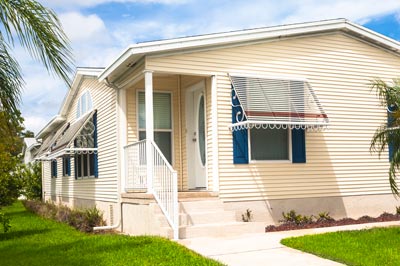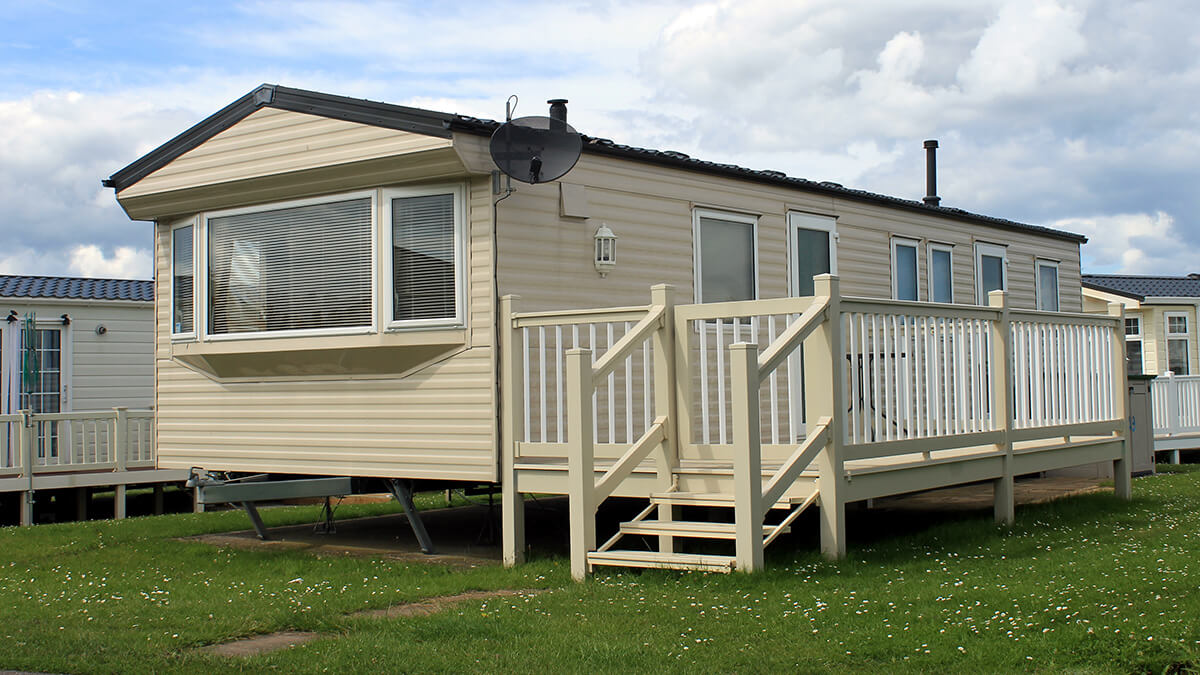Getting your furnace ready for the winter

Let's admit it, summer is definitely the most cheery season of the year. That warm, sunny weather boosts our mood and allows us to go on adventures wrapped in the warmth of the sun. But hey, winter has its perks too! Think of all those holiday parties, tasty treats and snow forts! Or maybe you prefer a warm, cozy night watching your favorite movie or reading your favorite book.
Wait… your furnace isn't working? Well that's no good. If you live in a cold-weather state, it's important that your furnace is in great shape so it keeps your home warm all season long.
Here are seven tips to help keep your house toasty without burning through cash. Stay warm and save money with these seven tips for getting started:
Switch your thermostat from cooling to heating
Change or clean the filter
A furnace filter should be checked on once a month during the colder season and quarterly while it's not in use. Replace the disposable filter or wash/brush/vacuum permanent filters during each checkup, and consider writing the date on the filter when you change it. Setting a calendar reminder on your phone for the following month will also help ensure that you make the swap on time.
Keep flammable objects away from the furnace
You may be surprised to learn that heating systems are second highest cause of home fires, just after cooking! Everyday objects like rags, mops, paper and paint cans are extremely flammable and should not be left anywhere near a gas furnace.
Check for and tape-up any air leaks in exposed ductwork
Duct leakage is a big deal. According to Energy Vanguard, it's one of the top three energy wasters in most homes! There are four sensory ways to check the efficiency of your ductwork: look, listen, feel, and test.
LOOK for any cracks, gaps, or holes in your ductwork, paying careful attention to the seams and connections and where they meet walls, floors, ceilings, vents and registers.
LISTEN for banging and other sounds in your duct system. Loud noises are an indication that something is wrong.
FEEL for proper airflow coming out of all vents and registers. The air should be coming out at a consistent rate and pressure.
TEST for air leaks using an incense stick, thin piece of toilet paper, or your wet fingertips. If you see the smoke or paper moving erratically, or if your finger feels cold, you’ve just detected an air leak!

Install carbon monoxide detectors to reduce risk of CO2 poisoning
According to the Centers for Disease Control and Prevention, each year, over 20,000 Americans visit the emergency room due to unintentional CO2 poisoning, 4,000 are hospitalized, and 400 die. Almost every gas furnace produces some carbon monoxide. While it's generally swept away by your furnace's venting system, a dirty furnace might produce so much CO2 that the venting system will be unable to keep up.
Consider installing a detector since carbon monoxide is odorless and colorless.
Make sure heating vents are completely uncovered
Throughout the year, furniture is moved around and things will be left on top of heating vents, which generally isn't an issue during spring and summer. Once winter comes around, be sure to remove anything that was on top of vents to decrease your chances of an overheated furnace.
Have a professional come in to inspect the furnace
According to Angie's List, a furnace inspection generally costs between $60 and $85. On average, a new furnace will cost $4,188. For a fraction of that overall replacement cost you can help ensure that all parts are working properly and that there are no obstructions, tears, cracks or leaks. Furnace inspections will also reduce heating expenses and extend the life of the furnace.





